Sleep Troubles? You May Need a Sleep Study
Key Points
- Research suggests sleep studies can diagnose disorders like sleep apnoea or narcolepsy, though they’re not always the first step.
- Common signs include excessive daytime sleepiness, loud snoring, and morning headaches, often prompting a doctor’s referral.
- Evidence indicates sleep studies are recommended when initial treatments fail or symptoms suggest a complex disorder.
- An unexpected detail: they can also evaluate treatment effectiveness, such as CPAP adjustments for sleep apnoea.
Introduction: Why Sleep Matters
Sleep is foundational to health, yet millions struggle with it nightly. If you’re tossing and turning, waking up tired, or snoring loud enough to wake the neighbors, you might wonder if a sleep study is in your future. As of March 18, 2025, sleep science continues to evolve, offering tools like polysomnography to uncover what’s disrupting your rest. This article dives deep into when a sleep study might be necessary, how it works, and why it could be a game-changer for your well-being.
What Is a Sleep Study?
A sleep study, or polysomnography, is a comprehensive test that monitors your body while you sleep. It tracks brain waves, heart rate, breathing patterns, eye movements, and muscle activity, typically over one night in a sleep lab. Home sleep apnoea tests (HSAT) are a simpler alternative for some, focusing on breathing and oxygen levels. These tests aim to diagnose disorders like obstructive sleep apnoea (OSA), narcolepsy, insomnia, restless legs syndrome (RLS), and parasomnias such as sleepwalking.
The process is non-invasive. In a lab, you’ll sleep in a room designed for comfort—think hotel vibes, not hospital sterility—while sensors collect data. Home tests involve portable devices you set up yourself. Either way, the goal is the same: pinpoint what’s keeping you from restful sleep.
When Should You Consider a Sleep Study?
Not every sleepless night calls for a sleep study. Doctors often start with basic advice—cut caffeine, stick to a schedule, or try relaxation techniques. But certain red flags suggest it’s time to dig deeper. The American Academy of Sleep Medicine (AASM) outlines key symptoms, especially for OSA, which affects up to 14% of men and 5% of women based on specific criteria.
Here’s a breakdown of signs that might warrant a sleep study:
- Excessive Daytime Sleepiness (EDS): You’re nodding off during meetings or fighting to stay awake while driving, even after 7-8 hours of sleep. This could point to narcolepsy or sleep apnoea.
- Loud, Chronic Snoring: If your partner says you sound like a freight train, it might be OSA, especially if paired with gasping or choking.
- Morning Headaches: Waking up with a pounding head could signal oxygen dips from apnoea.
- Pauses in Breathing: A bed partner noticing you stop breathing is a classic apnoea clue.
- Mood Swings or Concentration Issues: Poor sleep can mimic depression or ADHD, complicating diagnosis without a study.
- High Blood Pressure or Obesity: These raise apnoea risk, often needing confirmation via polysomnography.
For OSA, the AASM flags a study if you’ve got EDS plus two of these: loud snoring, witnessed apnoea, or hypertension. Complex cases—like those with heart disease, stroke history, or opioid use—almost always require lab-based testing over home options.
The Process: What to Expect
Picture this: you arrive at a sleep lab with your favorite pajamas, maybe a book to wind down. Technicians attach sensors to your scalp, chest, and legs—about 20 minutes of prep. Then, lights out. You sleep (or try to) while machines hum quietly, recording every twitch and breath. It’s painless, though the wires might feel odd at first. Avoid caffeine or alcohol that day to keep results accurate, and pack toiletries like you’re crashing at a friend’s place.
Home tests are simpler. You’ll get a device—sometimes just a finger clip and chest strap—to wear overnight. It’s less intrusive but misses brain activity, limiting its scope to apnoea suspicion. Results go to your doctor, who’ll decode the data and suggest next steps.
Why It’s Not Always the First Step
Sleep studies aren’t a knee-jerk solution. For mild insomnia, doctors might tweak your bedtime routine or prescribe short-term meds before ordering a $1,000+ test. Restless legs? They’ll check iron levels first. But if symptoms persist or scream “something’s off”—like snoring with breathing pauses—a study becomes critical. It’s about ruling out guesses and getting hard data.
Take OSA: untreated, it hikes risks for heart disease, diabetes, and strokes. Narcolepsy can derail your life with sudden sleep attacks. A sleep study cuts through the fog, offering clarity where questionnaires or sleep logs fall short.
Beyond Diagnosis: Monitoring Treatment
Here’s a twist: sleep studies aren’t just for spotting problems—they track fixes too. If you’re on CPAP for apnoea, a follow-up study might tweak pressure settings, especially after weight changes (a 10% shift can alter needs). This dual role makes them a long-term tool, not a one-off.
Limitations to Know
They’re not flawless. The “first-night effect” means you might sleep worse in a lab, skewing results. Rare issues—like seizures—might not show up in one night, needing repeat tests. Costs vary ($500-$3,000, often insurance-dependent), and home tests miss nuances lab studies catch. Still, for many, the insight outweighs the hassle.
Real-Life Impact
Imagine waking refreshed, not groggy. A study could reveal apnoea behind your fatigue, leading to a CPAP machine that transforms your days. Or it might catch narcolepsy, explaining those mid-day naps. It’s not just about sleep—it’s about reclaiming your life.
Conclusion: Talk to Your Doctor
If sleep troubles plague you—daytime drowsiness, loud snoring, headaches—don’t guess. Chat with your healthcare provider. They’ll weigh your symptoms, history, and risks to decide if a sleep study’s your next move. Whether it’s a lab night or a home test, the payoff could be restful nights and brighter days.
AMA-Style Bibliography
- Cleveland Clinic. Sleep study (polysomnography). Cleveland Clinic Web site. https://my.clevelandclinic.org/health/diagnostics/12131-sleep-study-polysomnography. Accessed March 18, 2025.
- Mayo Clinic. Polysomnography (sleep study). Mayo Clinic Web site. https://www.mayoclinic.org/tests-procedures/polysomnography/about/pac-20394877. Accessed March 18, 2025.
- Johns Hopkins Medicine. Sleep study. Johns Hopkins Medicine Web site. https://www.hopkinsmedicine.org/health/treatment-tests-and-therapies/sleep-study. Accessed March 18, 2025.
- Sleep Foundation. Sleep studies: definition and what to expect. Sleep Foundation Web site. https://www.sleepfoundation.org/sleep-studies. Accessed March 18, 2025.
- American Academy of Sleep Medicine. Clinical practice guidelines. AASM Web site. https://aasm.org/clinical-resources/practice-standards/practice-guidelines/. Accessed March 18, 2025.
- Johns Hopkins Medicine. What to know about an at-home sleep test. Johns Hopkins Medicine Web site. https://www.hopkinsmedicine.org/health/wellness-and-prevention/what-to-know-about-an-at-home-sleep-test. Accessed March 18, 2025.
- Kapur VK, Auckley DH. Polysomnography. In: StatPearls [Internet]. Treasure Island, FL: StatPearls Publishing; 2025. https://www.ncbi.nlm.nih.gov/books/NBK563147/. Accessed March 18, 2025.

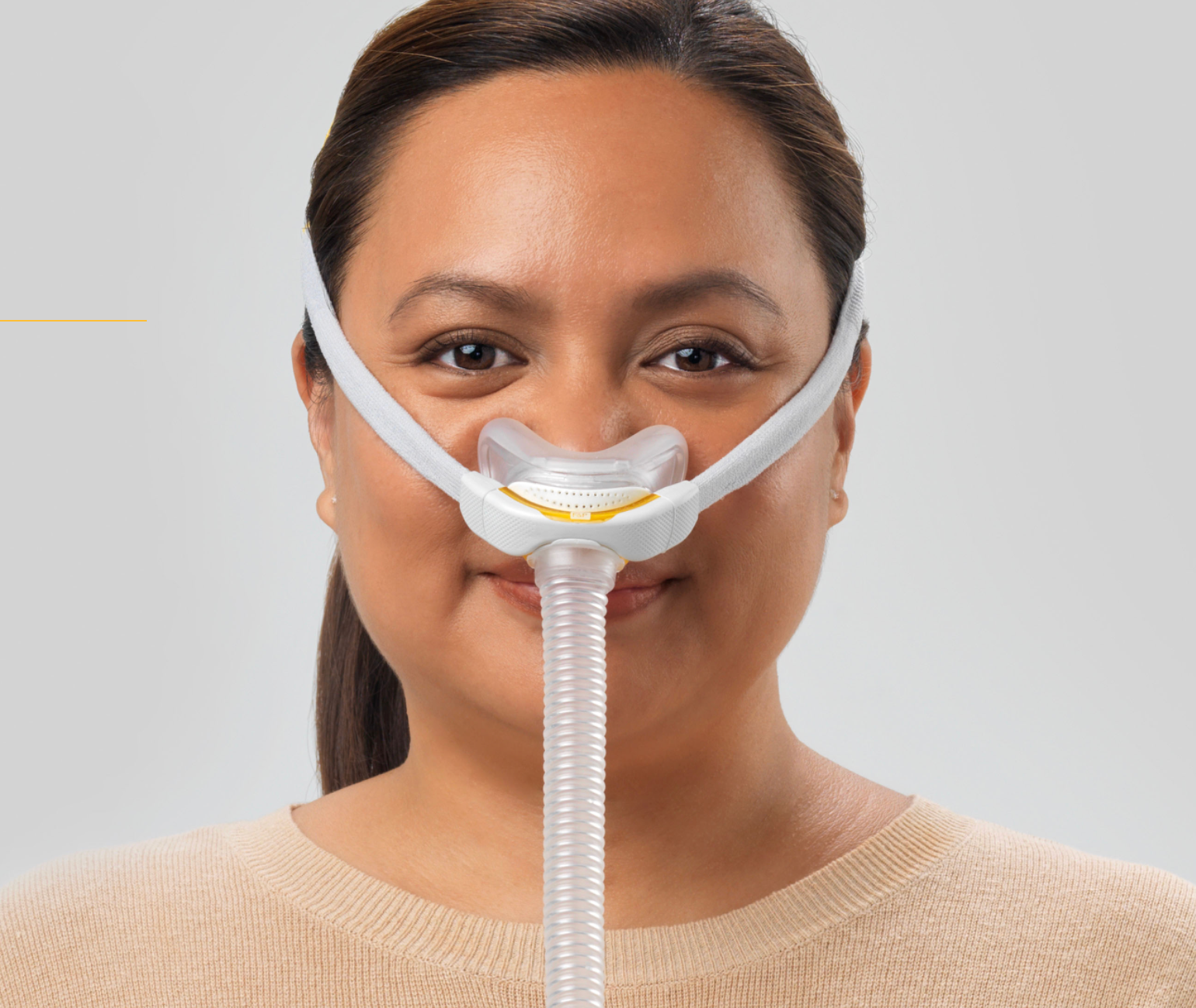
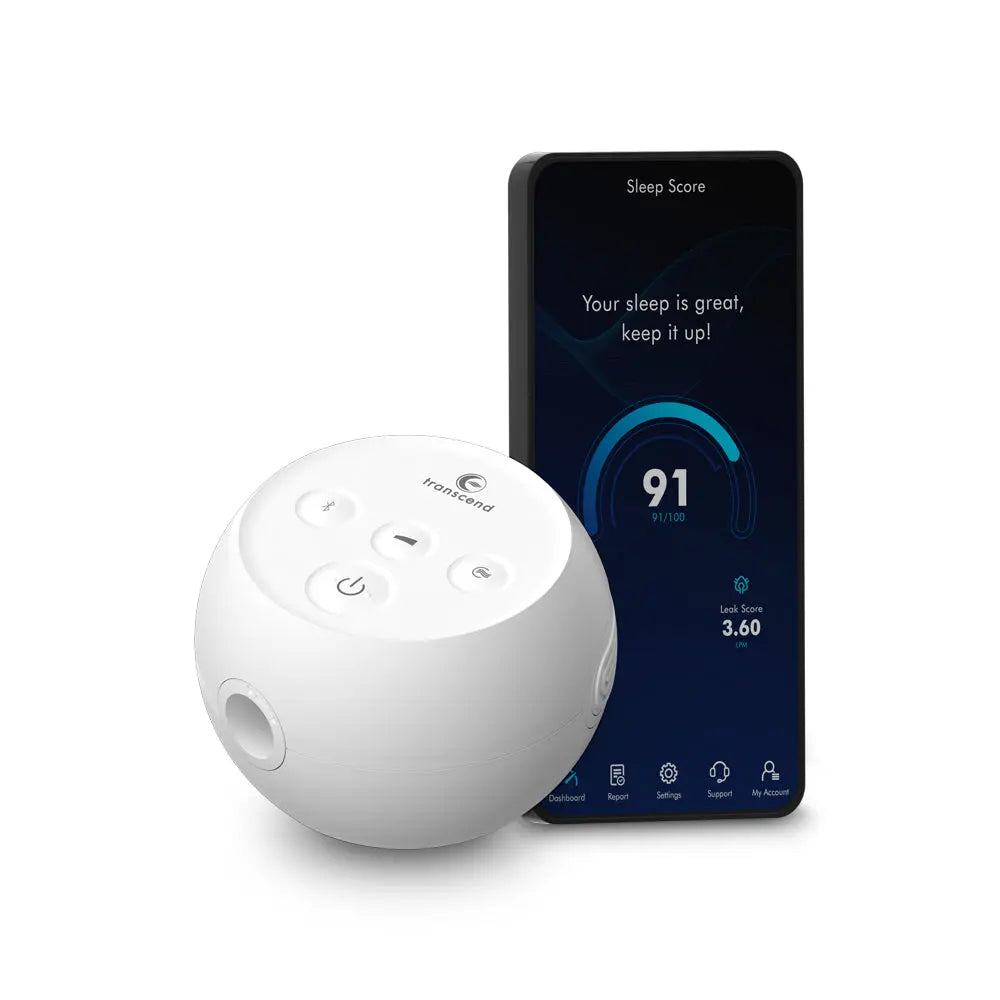
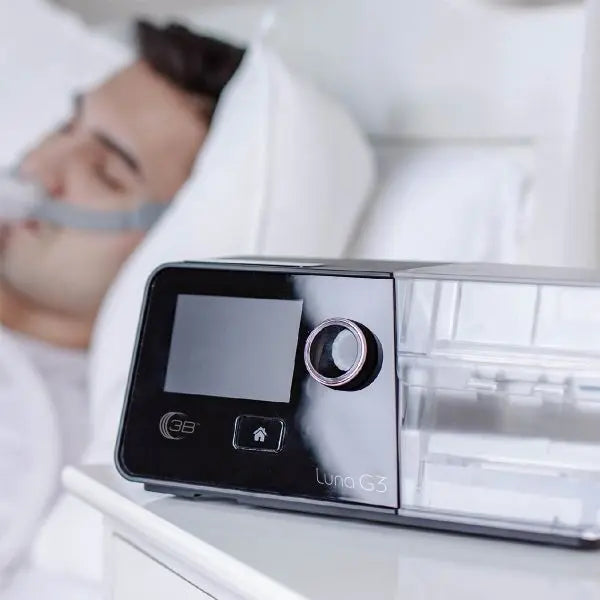


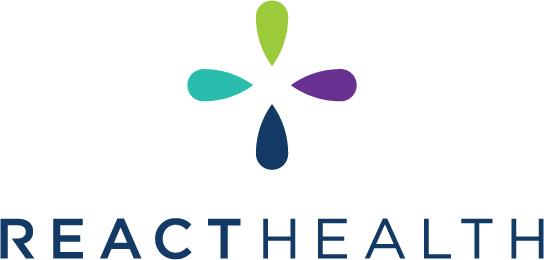
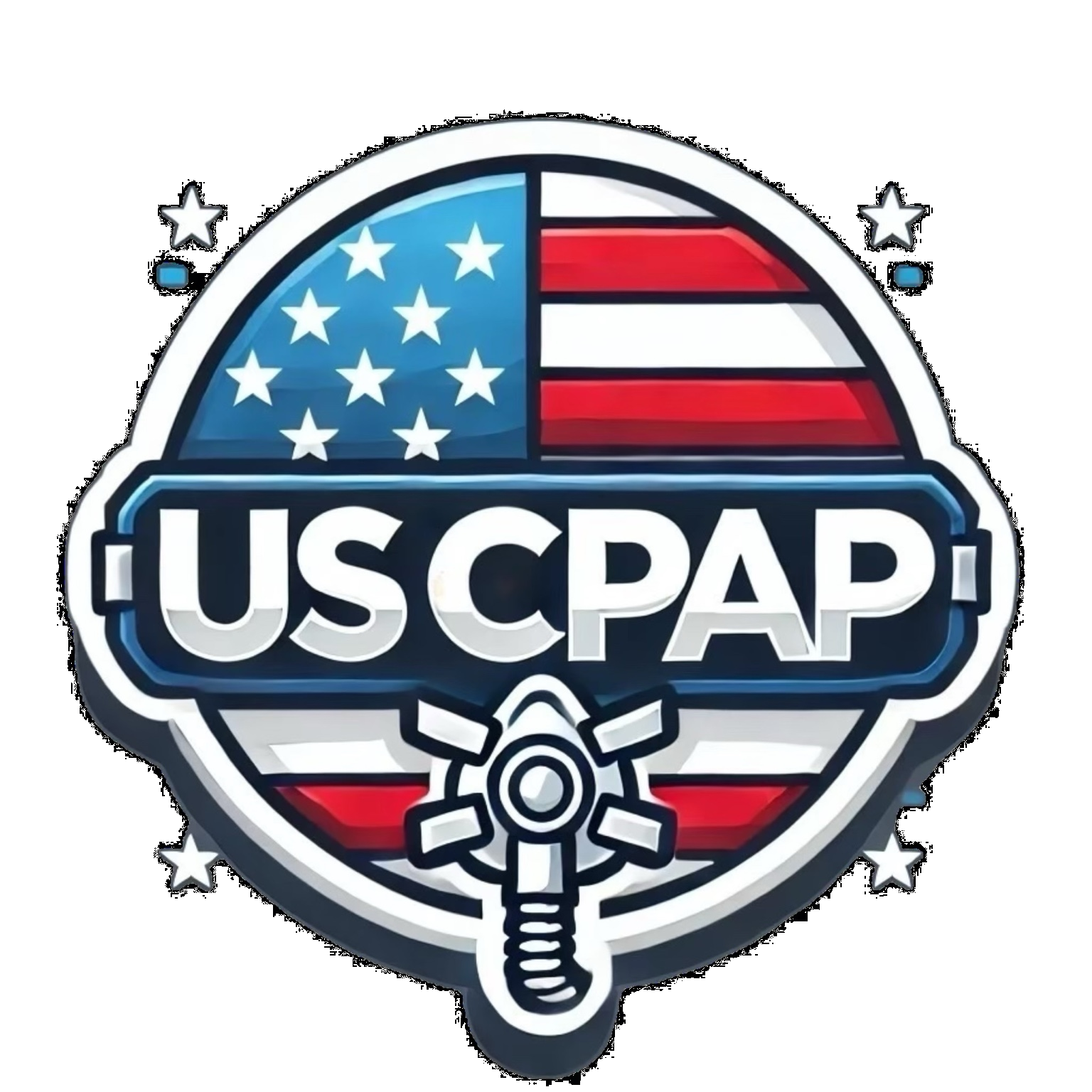
Leave a comment
This site is protected by hCaptcha and the hCaptcha Privacy Policy and Terms of Service apply.